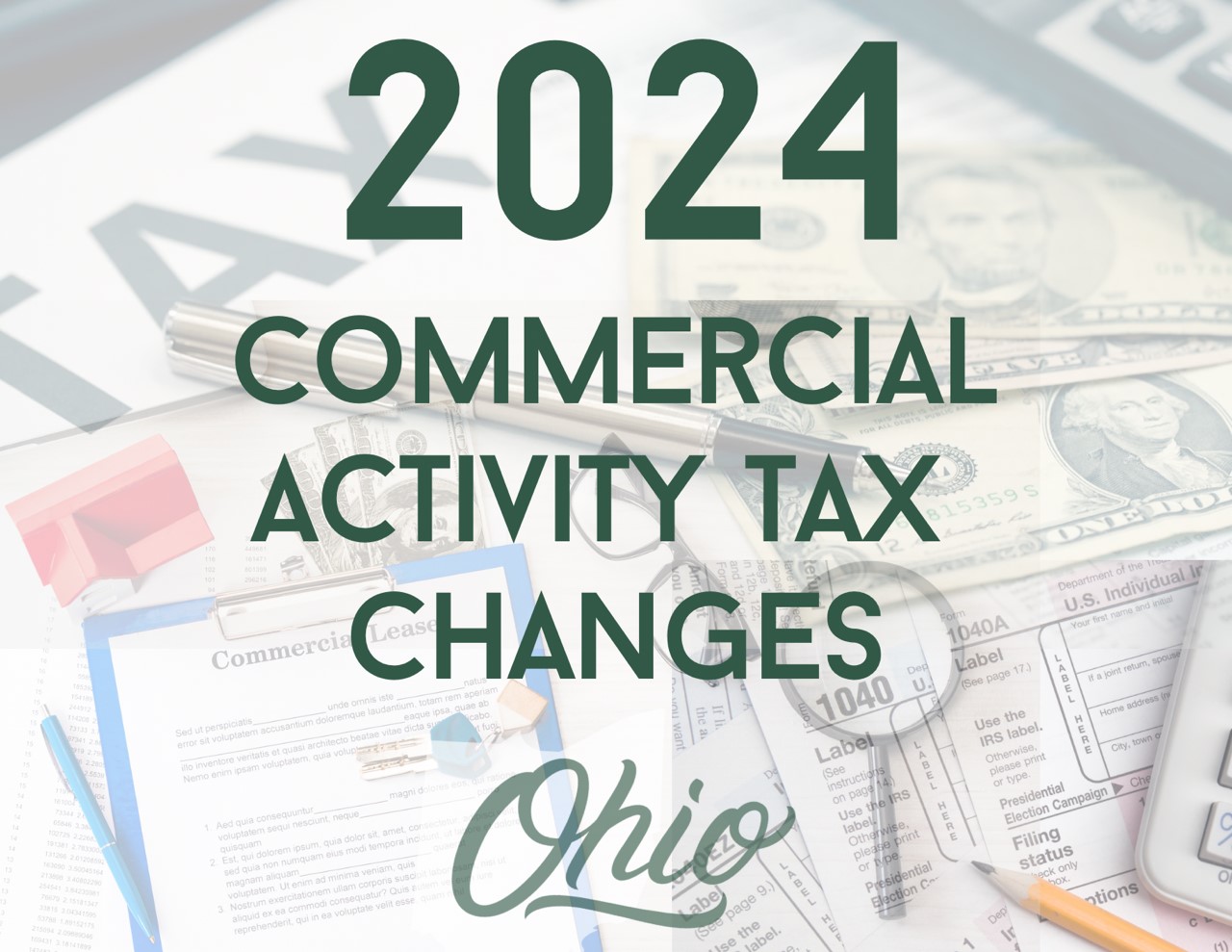Sales tax compliance has become a growing challenge for many businesses, particularly in today’s digital and geographically diverse marketplace. If you sell products or services across state lines, you’re likely already dealing with the headaches of managing various sales tax laws. This became even more complicated after the Supreme Court’s Wayfair ruling in 2018 dramatically changed how states handle sales tax for out-of-state businesses.
The good news? With the proper understanding and systems, sales tax compliance doesn’t have to be a burden. In this article, we’ll break down the impact of the Wayfair decision, explain why it matters to your business, and offer practical tips to stay compliant.
What is the Wayfair Ruling?
Before 2018, businesses were only required to collect sales tax if they had a physical presence (like a store or warehouse) in a state. That all changed with the South Dakota v. Wayfair, Inc. case. The Supreme Court ruled that states could require businesses to collect sales tax even if they didn’t have a physical presence there. Instead, the ruling introduced the concept of “economic nexus,” meaning businesses that meet certain sales thresholds in a state must collect and remit sales tax, regardless of where they are physically located.
This ruling created a new layer of complexity for small businesses that sell online. Now, instead of worrying about sales tax in just one or two states, you may need to comply with the sales tax laws of every state where you have customers.
Why This Matters for Your Business
If you’re selling products or services across multiple states, the Wayfair ruling likely affects you. Each state has rules about when and how sales tax must be collected. Some states have higher thresholds than others. For example, you might be required to collect sales tax in one state after hitting $100,000 in sales or 200 transactions, while another state might have different requirements.
Navigating this web of rules can be overwhelming, especially for businesses growing or moving more sales online. Not complying with these laws can result in penalties, interest, and back taxes owed, which no business owner wants to deal with.
Practical Tips for Managing Sales Tax Compliance
Here are some straightforward strategies that can help you manage sales tax compliance in multiple states without losing your mind:
Determine Where You Have Nexus:
Start by determining where you have “economic nexus” based on your sales volume and number of transactions. Many states have established clear thresholds that define when you’re required to collect sales tax. Research the states where you sell the most to understand their specific thresholds.
Use Technology to Simplify Sales Tax Calculations:
Automated software is one of the best ways to stay on top of sales tax compliance. These tools automatically calculate each state’s sales tax rates and ensure you’re charging the right amount. These systems also update tax rates in real time, so you won’t need to worry about manually adjusting for changes in the law.
Register for Sales Tax Permits Where Needed:
Once you know where you have economic nexus, you must register for a sales tax permit in those states. This process varies by state, but you can usually apply online. Remember that you must remit sales tax to states regularly—either monthly, quarterly, or annually—depending on the state’s rules and your sales volume.
Keep Accurate Records:
Staying organized is critical to managing sales tax. Keep records of all transactions, taxes collected, and remittances. This documentation will be essential if you’re ever audited or need to verify that you’ve collected the right amount of tax. Many automated sales tax tools also offer reporting features to make this process easier.
Monitor for Changes in Laws:
Sales tax laws change frequently. States may adjust their thresholds, tax rates, or filing requirements. Keeping up with these changes is essential to remain compliant. Many sales tax software solutions will handle these updates for you. Still, it’s also a good idea to work with a CPA or tax professional who can help you navigate any changes in your business’s obligations.
Consult a CPA or Financial Advisor:
The complexity of sales tax compliance can vary based on the nature of your business and where you operate. Working with a CPA or financial advisor who understands sales tax laws and can help you avoid costly mistakes is always a good idea. They can assist in identifying where you have nexus, ensuring proper registration, and advising on how to streamline your tax reporting.
The Future of Sales Tax Compliance
As states continue to refine their sales tax laws in response to the Wayfair ruling, more businesses will likely face additional compliance requirements. Staying ahead of these changes, leveraging technology, and seeking professional advice will help your business remain compliant while minimizing stress.
While managing sales tax across multiple states can feel overwhelming, it’s a manageable challenge with suitable systems. By understanding where you need to collect sales tax, using automated tools, and working with a CPA, you can easily navigate the complexities of sales tax compliance.
Treasury Circular 230 Disclosure
Unless expressly stated otherwise, any federal tax advice contained in this communication is not intended or written to be used, and cannot be used or relied upon, for the purpose of avoiding penalties under the Internal Revenue Code, or for promoting, marketing, or recommending any transaction or matter addressed herein.
 Home
Home Sign In
Sign In Make a Payment
Make a Payment Search
Search











